Isle of Cats is a successful Kickstarter from last year and one I’ve wanted to play since I first saw the Kickstarter version. In the last small gaming con I went to (pre-Covid) it was the one game that was being consistently played by nearly all the attendees...except me. It has been on my wish-list ever since.
Isle of Cats is polyomino tile laying game, with a bit of card drafting thrown in. During the game each player has to rescue as many cats from the Island as they can before Vesh Darkhand, the game’s baddy arrives to destroy the island… more on that later.
There are three game-play variants in the box which is a nice touch. The family variant removes the card drafting amongst other things and is a simplified version of the game. There is also a solo variant, which introduces your malevolent Sister by way of two decks of cards which allow ‘her’ to remove cats, often the ones you want, from the selection. The normal game-play is what I will focus this review on as I haven’t played the solo version and I’m trying to give a full overview..
Gameplay
 |
Four player setup
|
The game sets up in about 5-10 minutes which depends on whether all players are familiar with the rules. Each player is given a ship player-board on which they have to place as many cats from the doomed Island as possible. You will also collect treasures and Oshax cats - a rare breed of cat, both of which will help to increase your score.
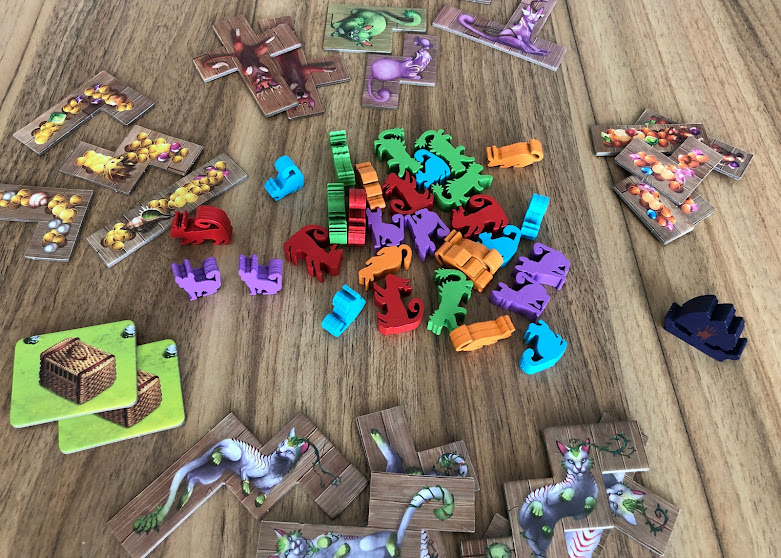 |
Beautiful bits and bobs
|
Each game is played over a series of 5 days which all start from drawing tiles from the discovery bag. These tiles will either be treasure, or cats which should be placed in two ‘fields’ around the island. You will entice these cats into your baskets with your fish which also act as a currency in the game. Each day all players collect 20 fish from the supply which is added to any leftover fish from the last round. Armed with your fish you will then draft 7 cards each. Each card you keep after the draft will cost you fish. Keeping all 7 cards may reduce your ability to entice any cats into baskets so think ahead.
 |
Board and card examples
|
There are five different types of cards:
Public Lessons and Private Lessons arguably have the biggest impact on the game. They provide overall objectives that players will score lots of points for completing at the end of the game. The private ones are obviously private (duh!), and they allow each game, or at least your tactics each game to feel very different.
After the solo rules in the manual there’s a page describing which lessons should be used at any one time. Every game should use the core lessons and three modules of 8 lesson cards. The retail version only comes with three modules (not a problem) but the the Kickstarter edition and the expansions add to the available modules and I’ve heard and even seen games where all the cards in the box have been used. Good luck shuffling that stack, the retail version alone comes with 150 cards.
Anytime Cards allow an immediate bonus to be taken and can be played at any point during a day, they don’t even have to be during one your turns.
 |
A treasure, anytime and lesson cards
|
Treasure Cards allow you to take a rare treasure or several common treasures from the supply. These will provide end-game scoring and may additional fulfil Lesson objectives effectively scoring twice (if you’ve got the right cards played).
Rescue Cards are how you take cats from the fields i.e. the whole point of the game. They each have a speed and an icon of a basket or half a basket. The total speed (shown by the number of boots on the card)each player has in their hand dictates the play order until the next round. You may think a valid tactic would be to buy lots of fast cards and choose the best cats, but there are so many private lessons that your opponents don’t want the cat you think they do…
 |
Baskets and boots on the Rescue Cards
|
It is best just to play to your own board and private and public lessons. There are too many hidden cards and available cats each round to try to deny cats from others. There are a few exceptions, the Oshax are always welcome and you should try to get those before your opponents.
As well as paying fish to keep cards, you’ll also need to pay fish to entice cats into your baskets. You can only ever have 1 cat in 1 complete basket, two half baskets make a complete basket in this case. So you need to be quite careful in making sure you keep enough fish after the card draft to be able to entice the cats into your basket and onto your boat.
 |
After the first day
|
Your boat is made up of 7 rooms, 19 rats and 5 treasure maps. Each cat will be placed onto your boat, eventually filling rooms, covering rats and treasure maps. The cat tiles themselves are a variety of different shapes and filling your boat, or even a room, often takes some mental gymnastics in trying to visualise how a tile (they are all reversible) can fit onto your boat and at the same time attempting to fulfil the public and private lessons.
You will receive negative points at the end of the game for each visible rat and unfilled room left on your boat. The cats are all coloured and when they’re being placed on the boat you’ll get more points for keeping more of the same coloured cats together, e.g. red cats with the red cat family. The Oshax rare breed acts as a wild card and allows you to score an extra cat on an adjacent family of cats.
 |
The end of the game
|
Components
As with many successful Kickstarter projects the first thing I noticed is how well produced all the components are. The player board cards and box are thicker than standard and the wooden cat meeples are a nice touch. All the tile components feel very robust and would stand up to many, many repeated plays being jumbled about in the discovery bag.
 |
The Island
|
The art is lovely throughout the game and there are lots of interesting flourishes throughout the tiles and player boards.
Criticisms
My main criticism, and it will probably be one of the major draws for others is one of theme. The concept of the baddy ‘Vesh’ is interspersed throughout the rule book with Story boxes. However, I found it completely un-engaging (not a cat person - sorry!) and the theme and the mechanics didn’t really make any sense to me.
 |
| The rules (and a strange story) |
There are quite a lot of different mechanisms going on with what in reality is a simple tile laying game. Traditionally tile-laying games are quite simplistic and their mechanic and theme similarly so (think Kingdomino - dominoes with variable player order or Patchwork - quintessential tile laying), Isle of Cats takes that simplicity and adds complexity. I love heavier games but the theme, the primary mechanism and the complexity of the game didn’t match up for me.
For example the cats in the left field cost 3 fish, the cats in the right field cost 5. Obviously, the impetus will be to by the cheaper cats but there is no correlation between cost and how useful the cats are. Why are lessons, called lessons and not objectives? Why do we all get 20 fish at the start of the round regardless of how well or poorly we’re doing. Why is Vesh intent on destroying the world, and how does saving these cats help? I could go on.
 |
No insert - but ultra thick cardboard
|
The discovery cards provide some variation between games but due to the sheer number of them, many with similar effects, I am not clear if they provide any constraint to players. Limiting players options or forcing tactical agility is where more complex games shine. Aside from a simple cost, and a few negative scoring cards, these cards just provide benefit after benefit.
Conclusion
I like the amount of planning ahead that is required to do well in this game. Equally I dislike the fact that my masterful (/s) plans can be unknowingly thwarted by the other players.
Maybe I’m just a sour-puss from missing out of the repeated plays at the last gaming convention I attended but I do think this game has suffered from being on the Kickstarter Hype Train. There’s a great game in this box but I think it’s the simpler family game. The card daft, and byzantine scoring calculations required by the public and private lessons add needless complexity to an otherwise great game. I can understand the desire to have a more complex tile-laying game but I think Isle of Cats has missed the mark. But they have hit the bullseye for a multi-player family friendly tile-laying game.
I’d like to thank Asmodee for sending this review copy. This is still in stock in many stores and it may be just the right antidote to support your FLGS when they open up on the 4th July. You can use this link to find your FLGS http://www.findyourgamestore.co.uk/ or use their online store. .
Designer: Frank West
Play time: 90 minutes.
Players: 1 – 4 players (6 with expansions)



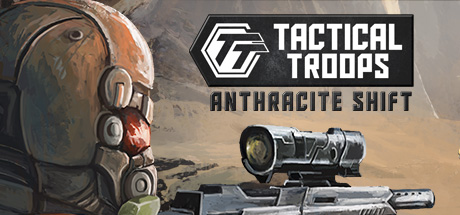

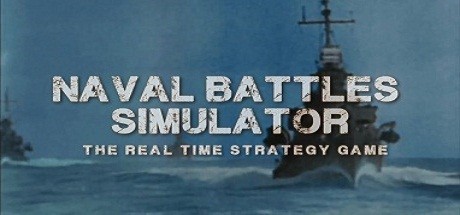
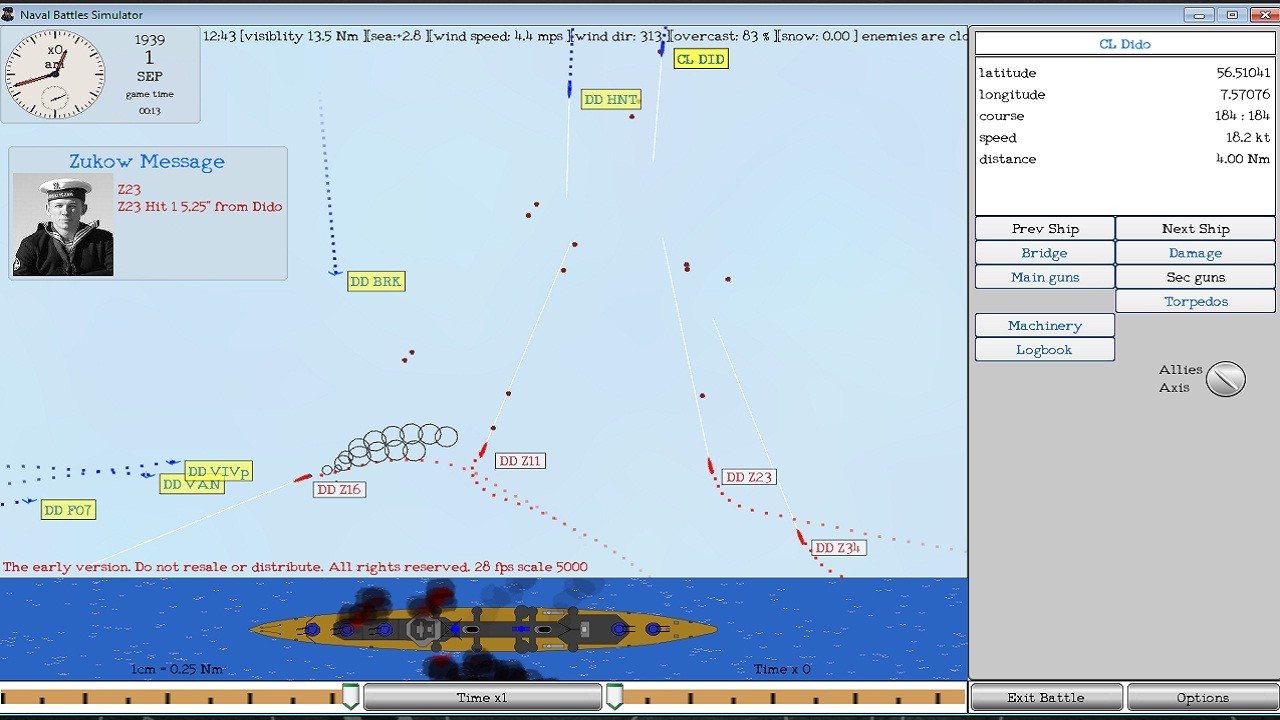
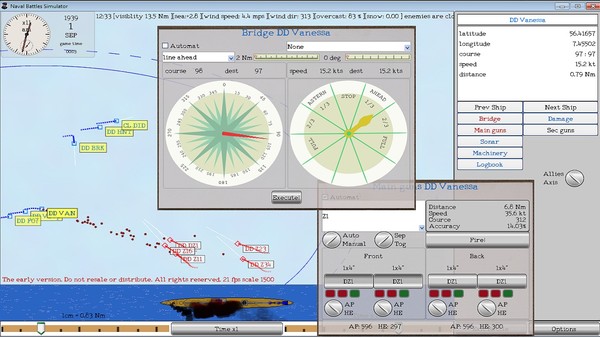
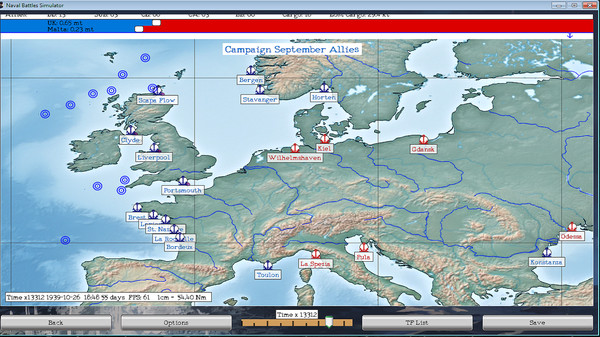




Follow Us